Unforgotten: John Short’s nostalgia-tinged tour of NYC’s legendary hangouts
New York's old avant-garde hangouts are brought back to life in a new book by photographer John Short, writer David Brun‐Lambert and designer David Tanguy
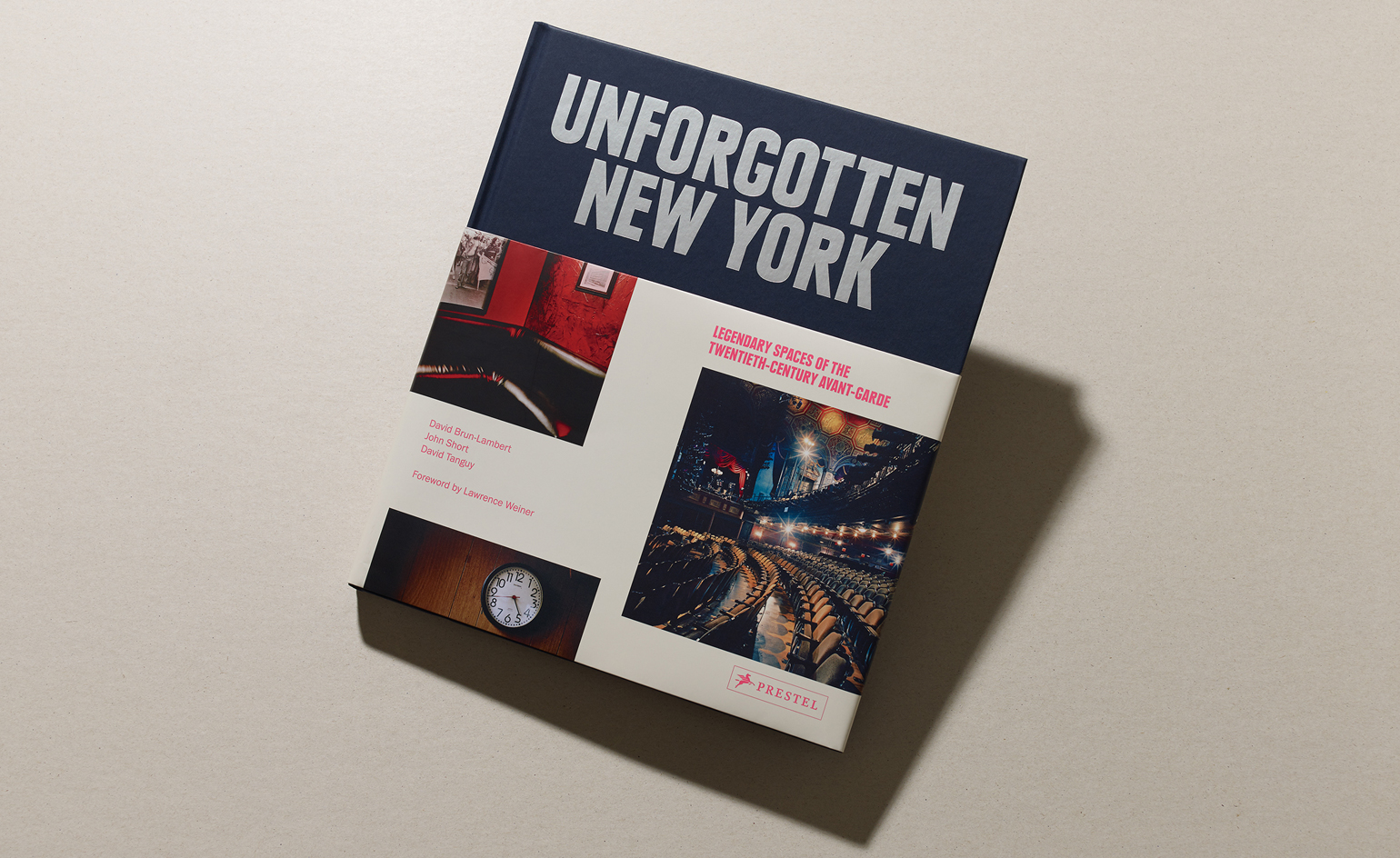
When photographer John Short embarked upon a project to document New York's lost legendary arts venues – think Copacabana, Studio 54, The Mudd Club and The Roxy – he was surprised to find that many were not lost at all. While the city's avant garde has moved to Brooklyn, the buildings are still there. Some have changed their name and others have been repurposed, while a few are in need of some TLC, but definitely not forgotten.
It was this unexpected discovery that changed the course and title of the project and the resulting book, Unforgotten New York, which Short produced in collaboration with writer David Brun-Lambert and designer David Tanguy.
The idea for the book was born out of a documentary by Brun-Lambert for Swiss National Radio in which he argued that New York's economic renaissance had been the death knell for its cultural relevance. Wanting to investigate further, Short and Brun-Lambert headed off to New York. In the space of just three trips, London-based Short shot more than 40 historical locations across Manhattan such as Jean-Michel Basquiat's last loft, Warhol's Factory II, the apartment where Kerouc had written On The Road, Paradise Garage, and the Project in the Bronx where Kool Herc held his block parties, playing his first break beats.
Compiled into a 192-page hardback tome, the shots are poignantly displayed next to insightful texts and archival imagery. Wallpaper* spoke to Short about the attraction of NYC, his approach on shooting the book and the lasting allure of these faded spaces.
Wallpaper*: The book follows Brun-Lambert's radio documentary for Swiss National Radio, in which he argued that New York had lost its cultural importance. What attracted you to the project and did you have any previous connections to the city?
John Short: I actually met David in London the week before he was going to NY to do the radio documentary. Once he'd told me about the idea and how he thought it could be good to document photographically, I was hooked. The whole process we worked by was very loose – I was with David during his interviews and from them we developed a sense of how we could compile the book.
I'd been going to New York a couple of times a year for over 15 years and had some really close friends there who liked to walk. Whenever I was in town, we'd go on long walks through Manhattan and the Boroughs, so I had a pretty good sense of the city and what it had to offer both during the day and after dark. I'd seen the changes that Manhattan had experienced through gentrification and Mayor Giuliani's policies on crime, so I knew the city had become a lot safer than it had been in the 1970s and 80s. But whether or not that had resulted in it losing it's creative soul I was unsure about, as I had seen what was going on in Williamsburg and other parts of Brooklyn.
Why did you decide to shoot on film rather than digitally?
I like the process of shooting film – not knowing what you've managed to get, having to wait to see the results and not being so concerned with perfection. When you shoot digitally, you're always looking at the image on a laptop, thinking 'what can I do to make it better?'. On film, you compose, commit and shoot and it's often the imperfections that make the image great. For this project it was also a matter of how the images would look. The period we were talking about in the book was all pre-digital, so I wanted the images to have that quality that only film gives.
The archival shots are wonderful. Where did you find them?
It was really a joint effort between the three of us – [the] writer, designer and myself. We found some from the big stock libraries and then we contacted individual photographers who had been active during that time. They were all really keen for us to use them and to see their images take on a new life. It was actually the last part of the book we did and probably the most enjoyable part too, as I was under quite a lot of pressure shooting the spaces because of time constraints.
Was shooting the book was an uplifting experience or was it sad to find that, despite not being completely forgotten, the spaces had either been redeveloped or had lost their allure?
On the whole it was a really positive experience. It was sad to see some iconic spaces turned into shops etc, but, we realised that NY hadn't stopped being a creative hub. The arts were just being made out in Brooklyn and there are probably more venues to show work in Manhattan than there had ever been, as galleries have opened en masse all over the Lower East Side in recent years. I suppose it was refreshing to see NY transforming all over again as it has over the centuries, rather than just becoming a theme park of what had gone before.
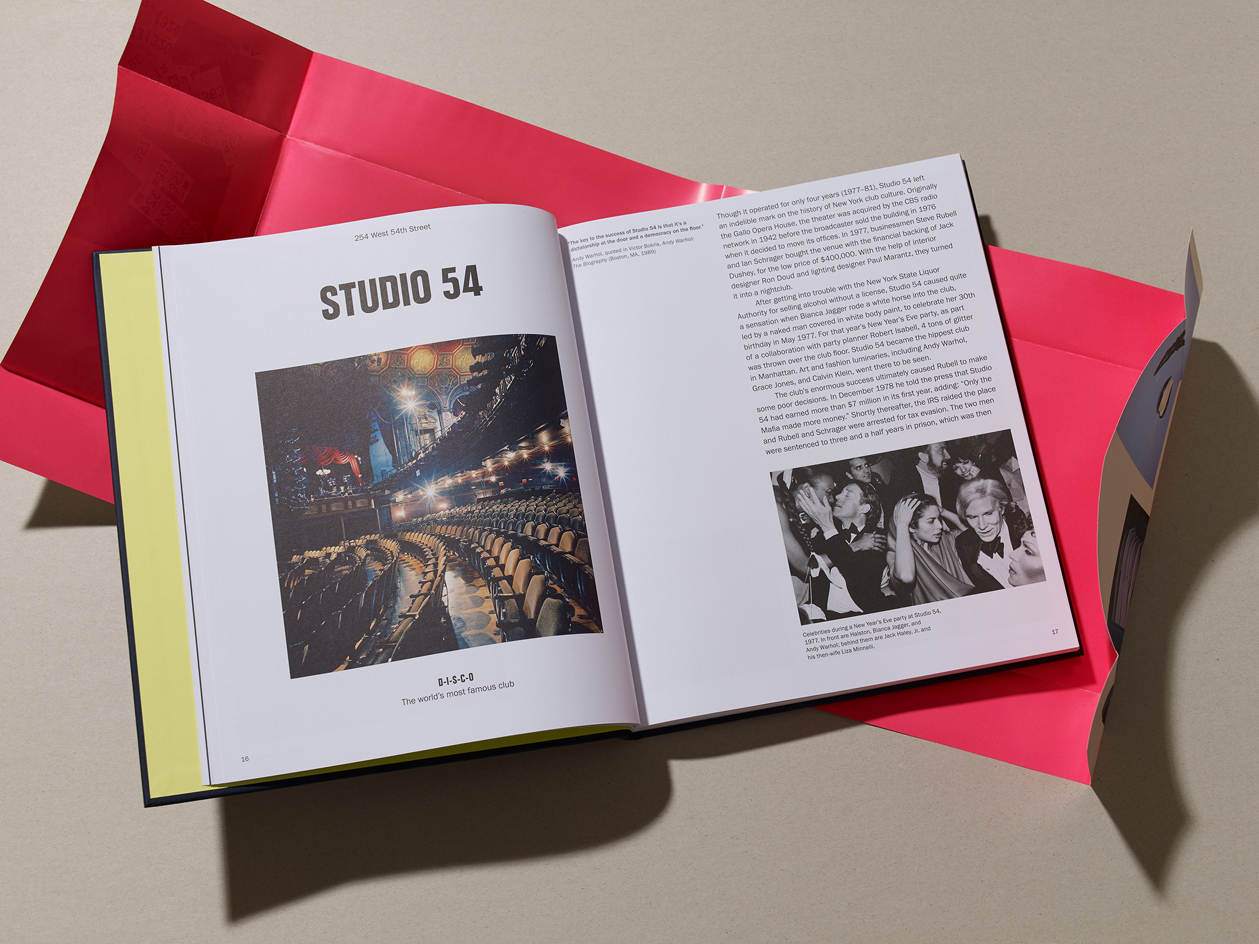
When Short embarked upon a project to document New York’s lost legendary arts venues – think Copacabana, Studio 54, The Mudd Club and The Roxy – he was surprised to find that many were not lost at all
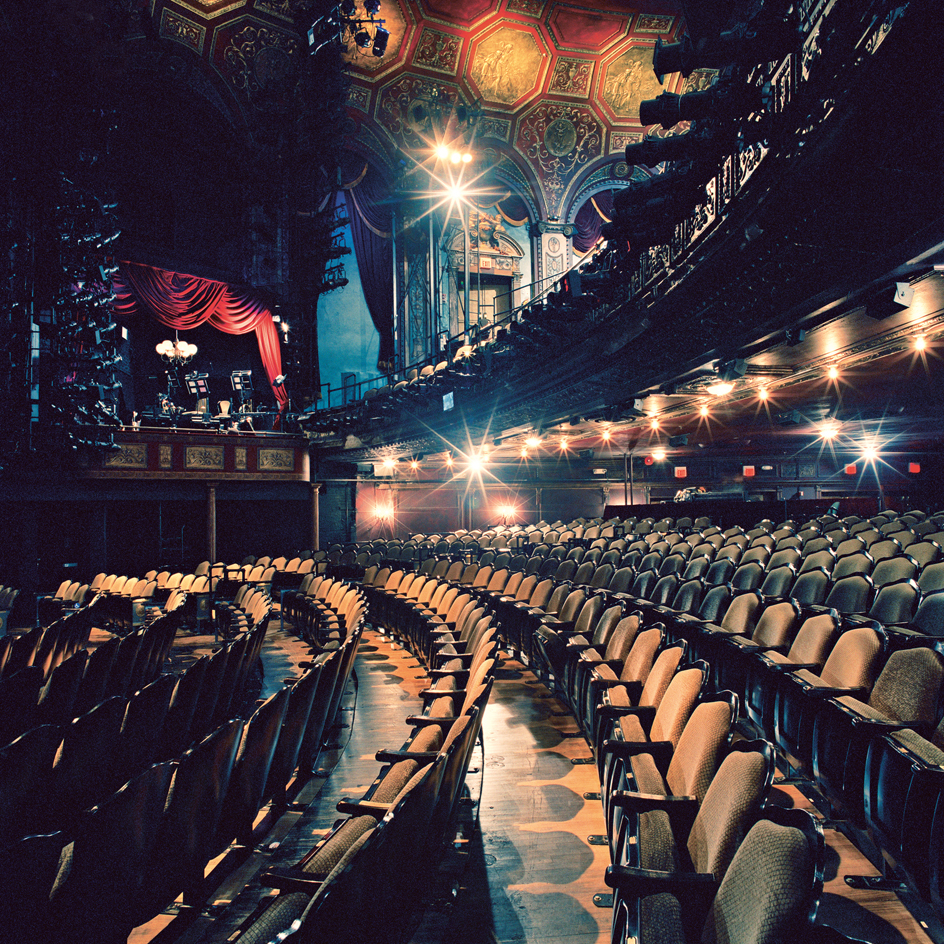
In the book, titled Unforgotten New York, Short has documented over 40 historical locations across Manhattan. Pictured: Studio 54.
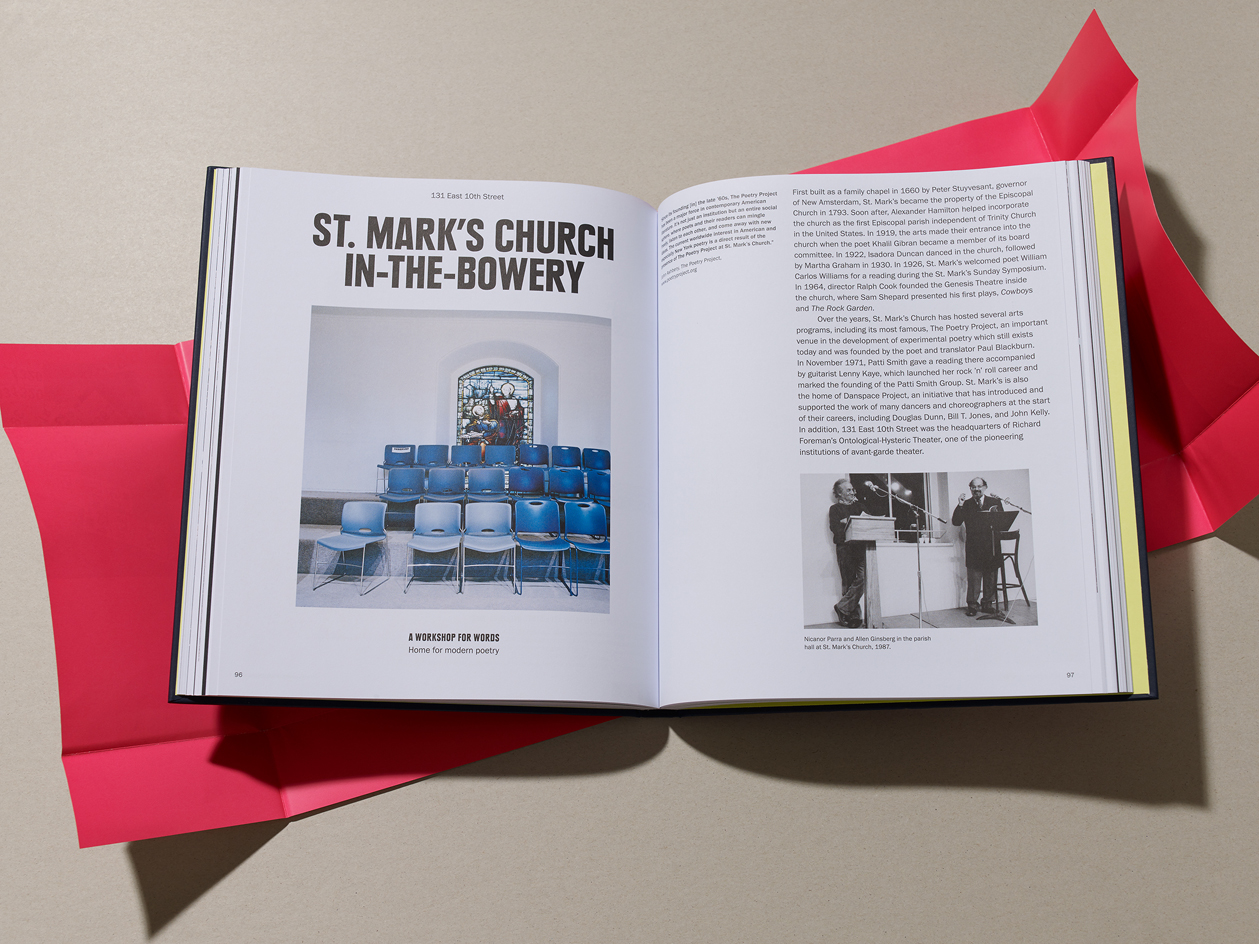
Compiled into a 192-page hardback tome, the shots are displayed next to insightful texts and archival photographs
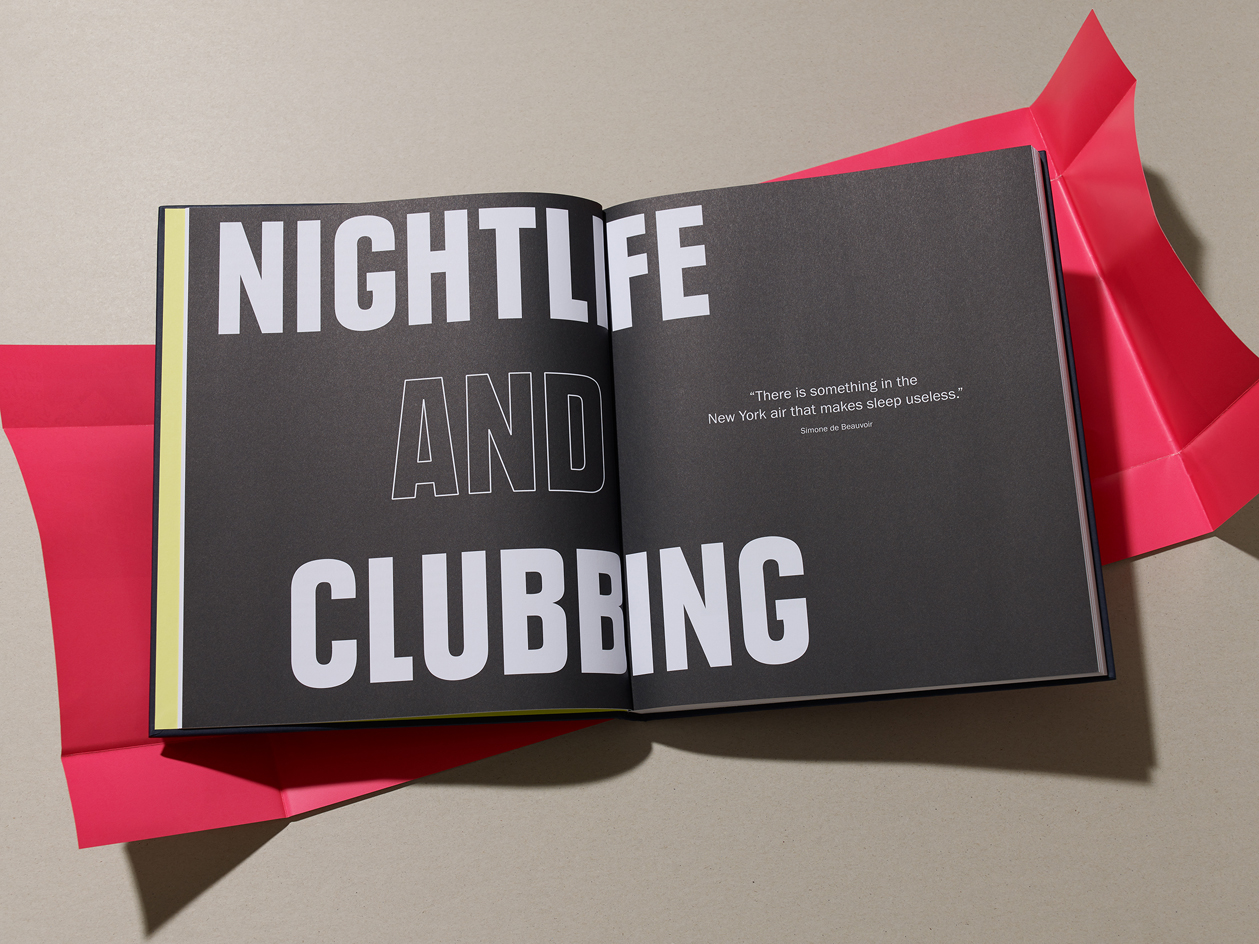
Each chapter includes background history of the spaces, as well as quotes from famous artists, musicians and other key players of the time
INFORMATION
Unforgotten New York: legendary spaces of the twentieth-century avant-garde by David Brun-Lambert, John Short and David Tanguy, £29.99, published by Prestel
Wallpaper* Newsletter
Receive our daily digest of inspiration, escapism and design stories from around the world direct to your inbox.
Ali Morris is a UK-based editor, writer and creative consultant specialising in design, interiors and architecture. In her 16 years as a design writer, Ali has travelled the world, crafting articles about creative projects, products, places and people for titles such as Dezeen, Wallpaper* and Kinfolk.
-
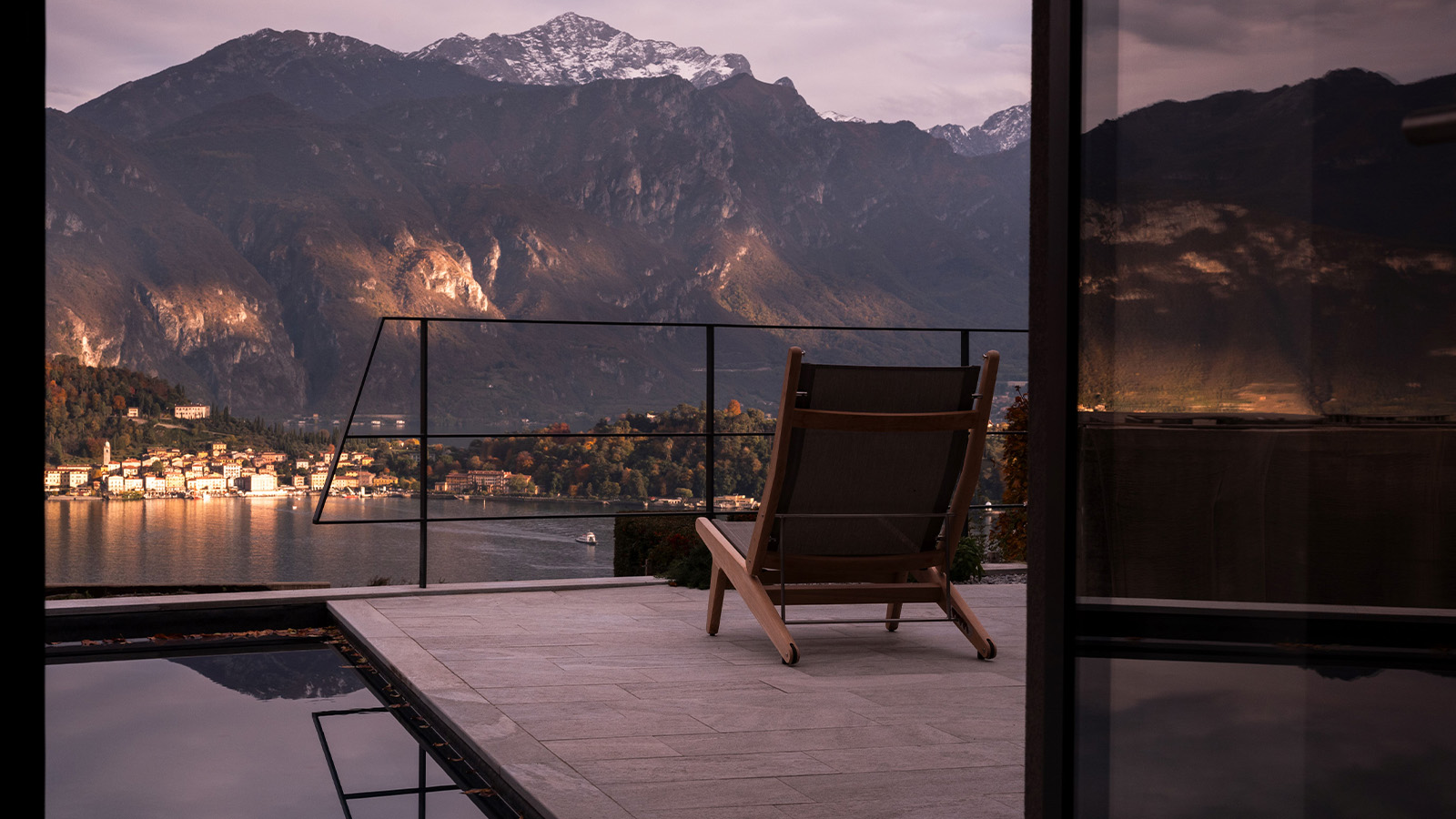 Explore this new Lake Como villa and its powerful, cinematic views
Explore this new Lake Como villa and its powerful, cinematic viewsA Lake Como villa by Tuckey Design Studio celebrates the history of its site and references the surrounding landscape through materiality
By Tianna Williams
-
 The Porsche 911 Spirit 70 harks back to the aesthetic and ethos of the 1970s
The Porsche 911 Spirit 70 harks back to the aesthetic and ethos of the 1970sAs part of Porsche’s Heritage Design strategy, the company has launched a new special edition, the Porsche 911 Spirit 70 convertible
By Jonathan Bell
-
 At the Regent Street Sensorium, architectural jelly sculptures are designed to ignite the senses
At the Regent Street Sensorium, architectural jelly sculptures are designed to ignite the sensesDelve into the history of London’s Regent Street through a jellyscape, a fragrance cloud and more – plus, for the event’s final week, two new immersive workshops (ends 27 April)
By Tianna Williams
-
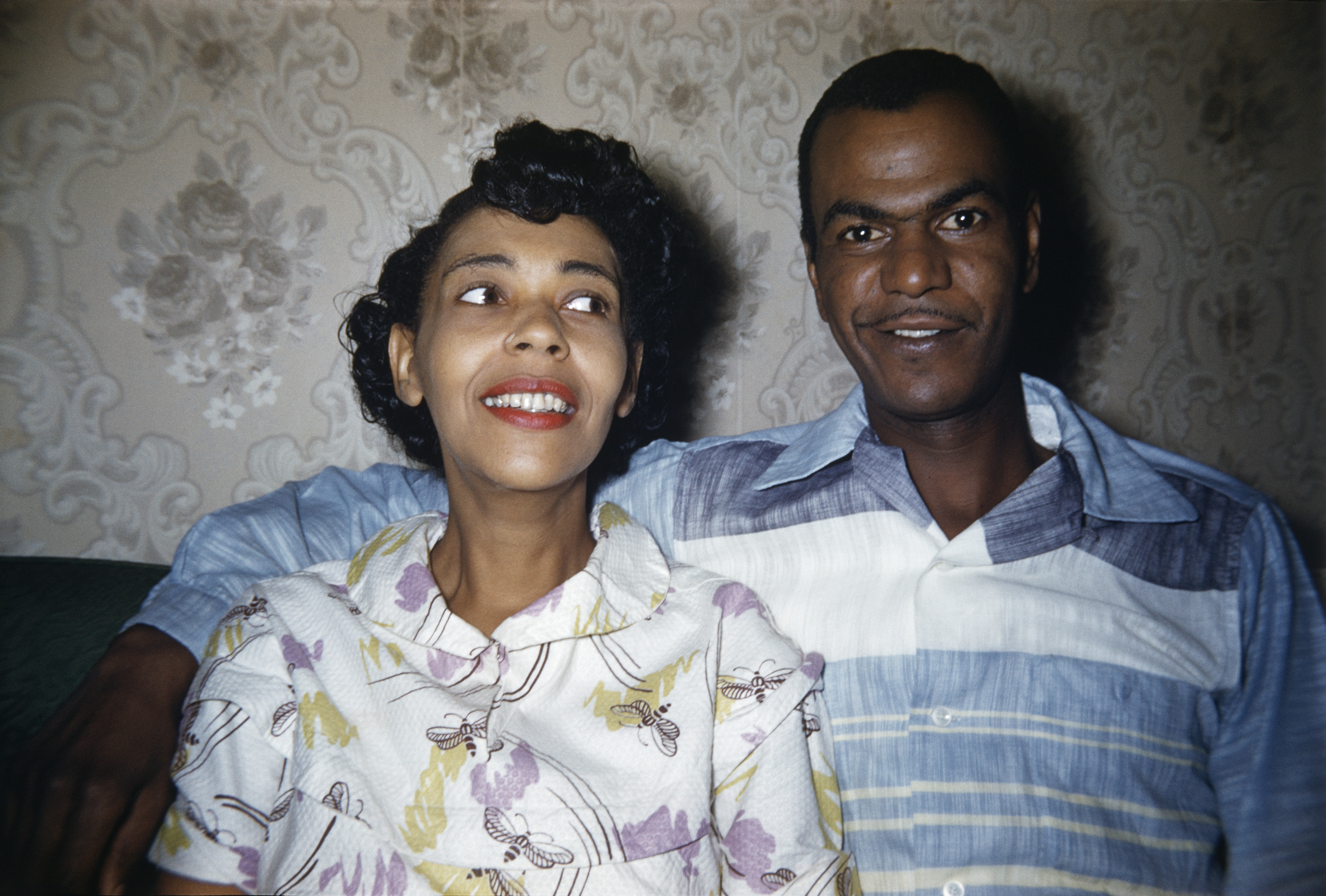 ‘Dressed to Impress’ captures the vivid world of everyday fashion in the 1950s and 1960s
‘Dressed to Impress’ captures the vivid world of everyday fashion in the 1950s and 1960sA new photography book from The Anonymous Project showcases its subjects when they’re dressed for best, posing for events and celebrations unknown
By Jonathan Bell
-
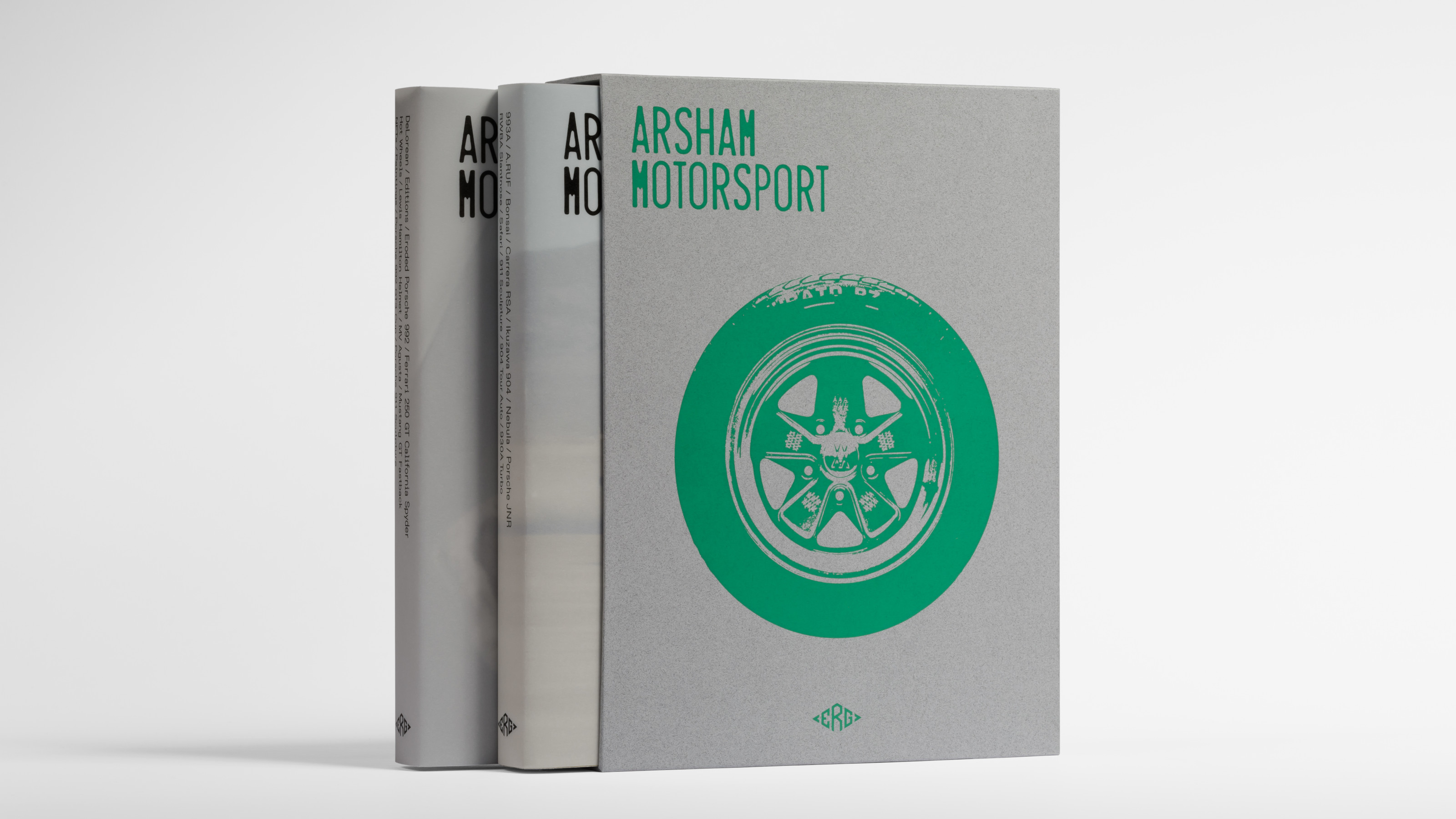 Daniel Arsham’s new monograph collates the works of the auto-obsessed American artist
Daniel Arsham’s new monograph collates the works of the auto-obsessed American artist‘Arsham Motorsport’ is two volumes of inspiration, process and work, charting artist Daniel Arsham’s oeuvre inspired by the icons and forms of the automotive industry
By Jonathan Bell
-
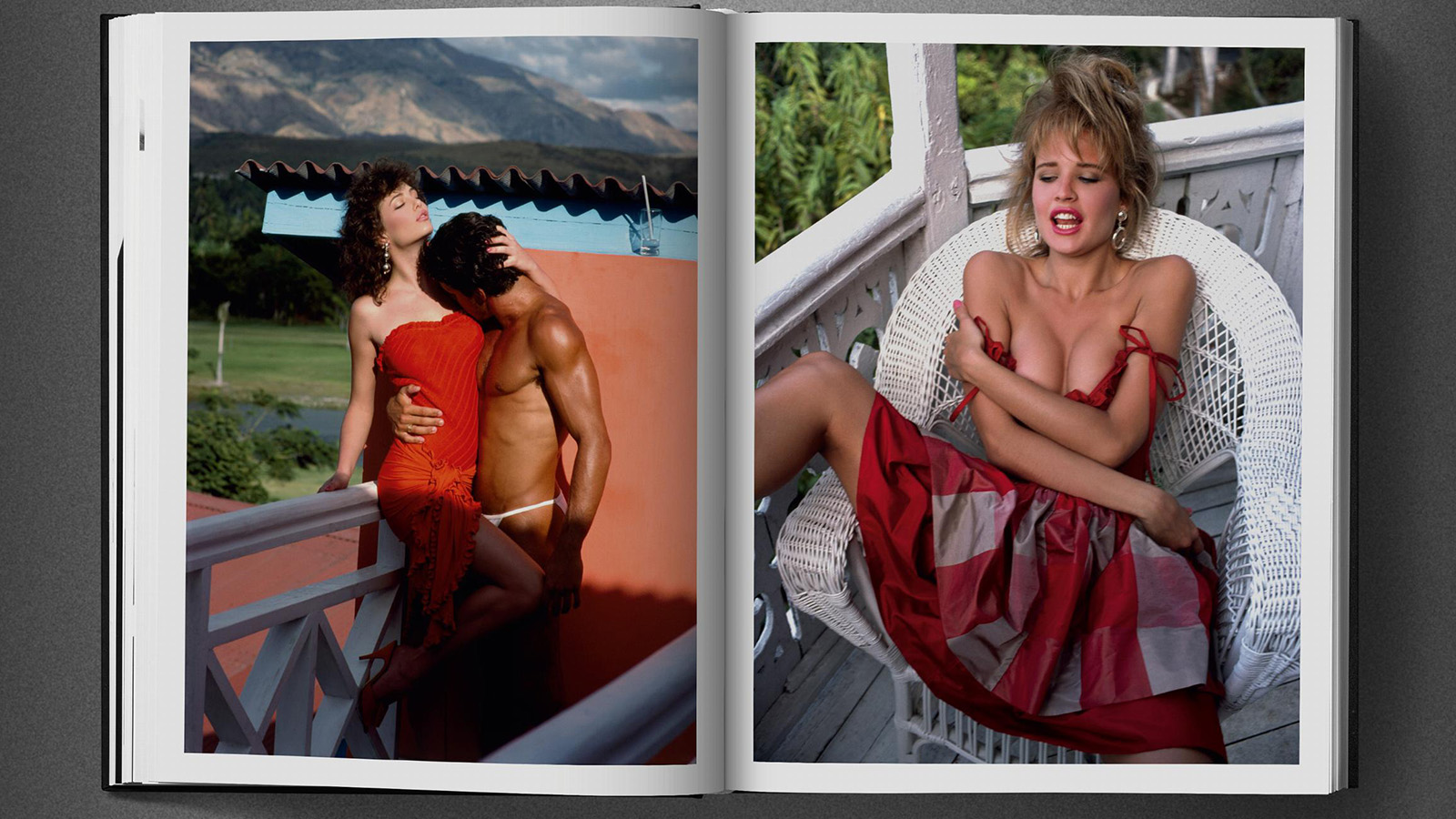 Era-defining photographer David Bailey guides us through the 1980s in a new tome not short of shoulder pads and lycra
Era-defining photographer David Bailey guides us through the 1980s in a new tome not short of shoulder pads and lycraFrom Yves Saint Laurent to Princess Diana, London photographer David Bailey dives into his 1980s archive in a new book by Taschen
By Tianna Williams
-
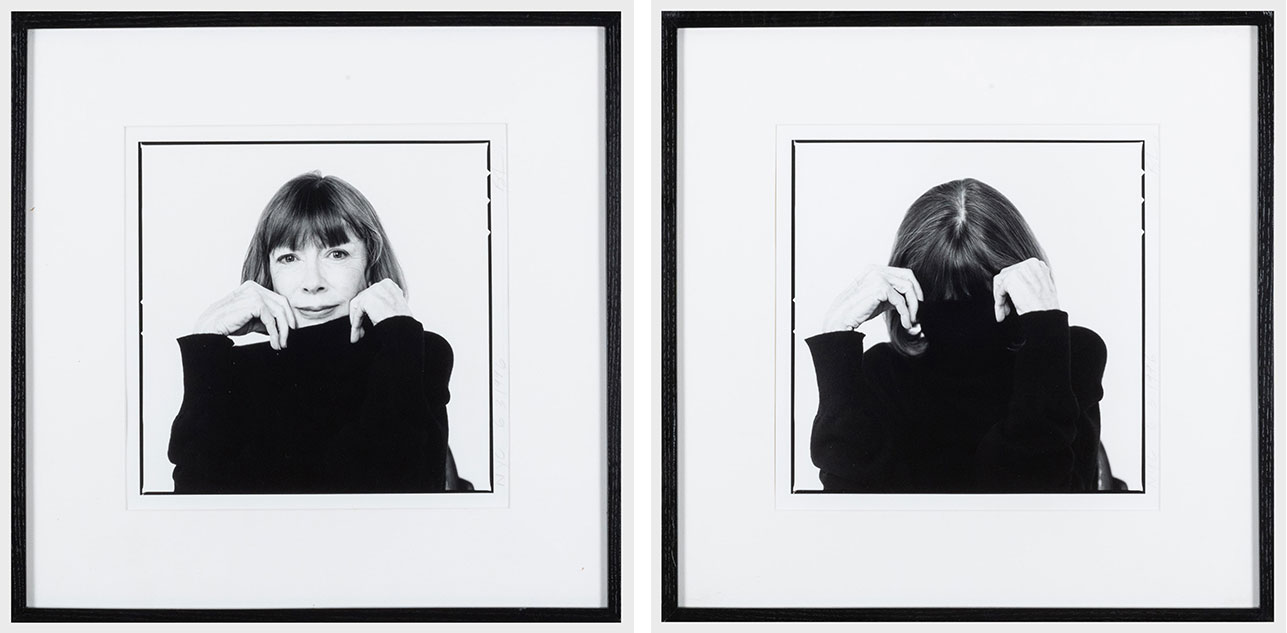 Inside Joan Didion’s unseen diary of personal relationships and post-therapy notes
Inside Joan Didion’s unseen diary of personal relationships and post-therapy notesA newly discovered diary by Joan Didion is soon to be published. Titled 'Notes to John', the journal documents her relationship with her daughter, husband, alcoholism, and depression
By Tianna Williams
-
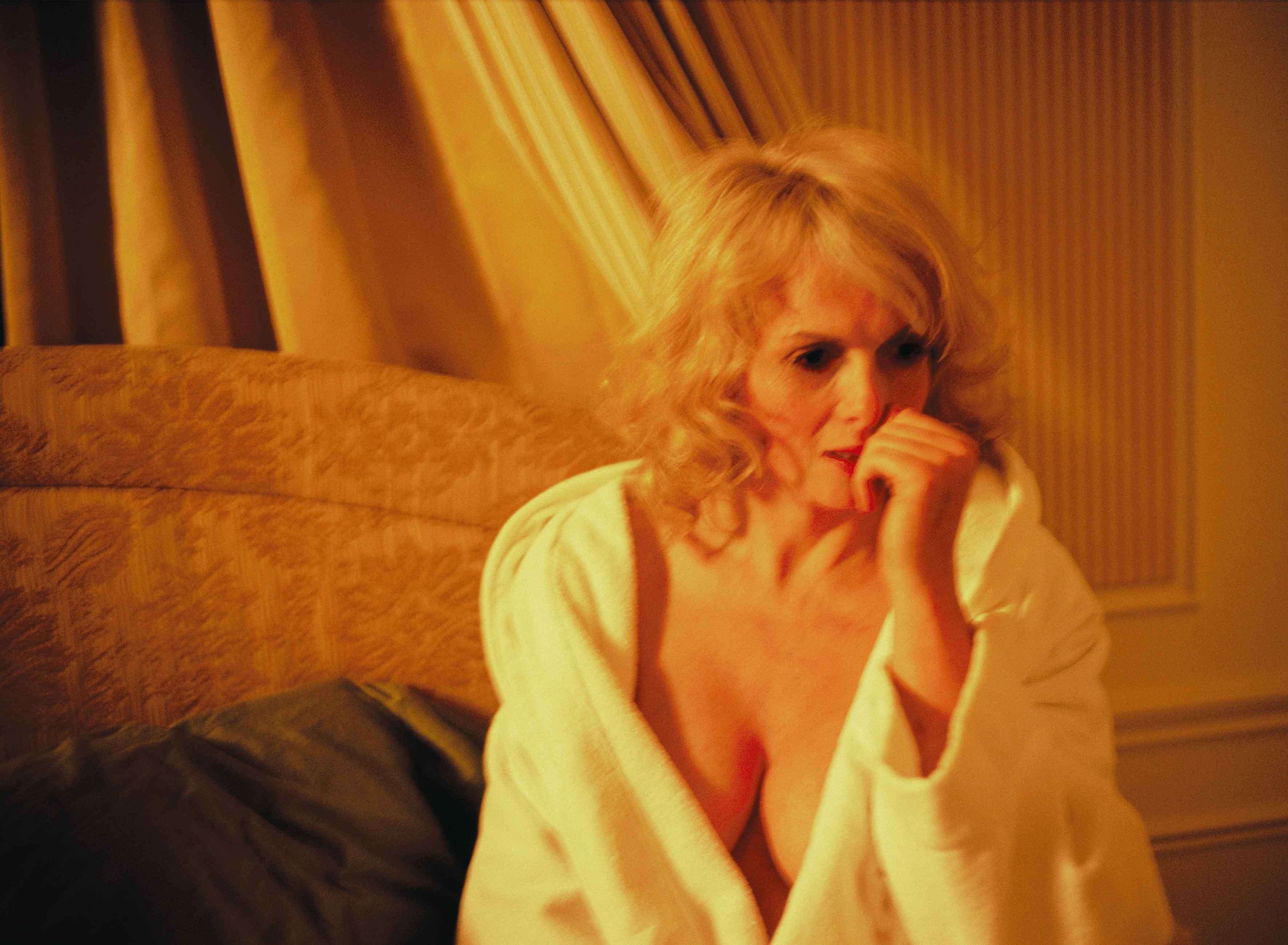 Carsten Höller’s new Book of Games: 336 playful pastimes for the bold and the bored
Carsten Höller’s new Book of Games: 336 playful pastimes for the bold and the boredArtist Carsten Höller invites readers to step out of their comfort zone with a series of subversive games
By Anne Soward
-
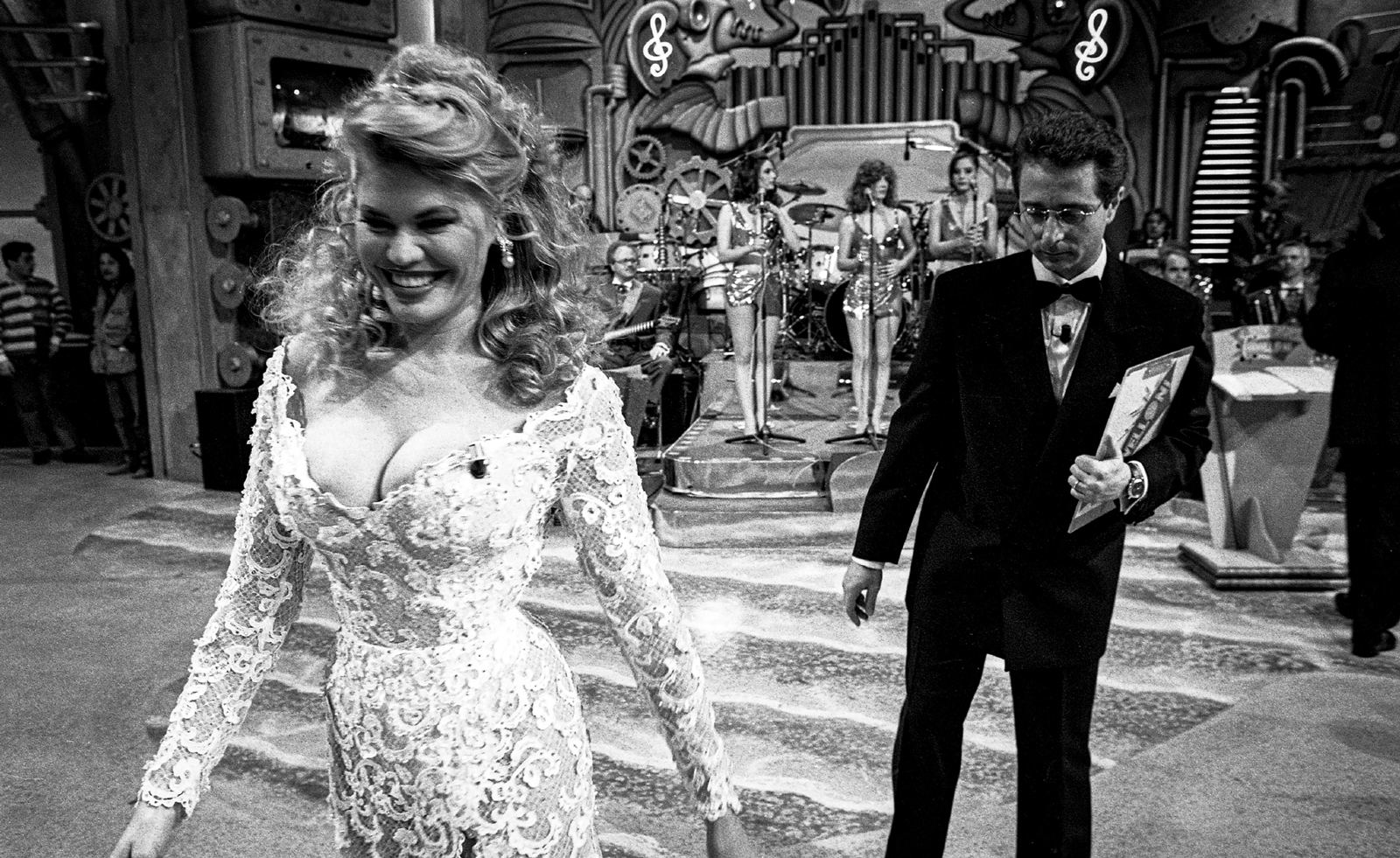 Distracting decadence: how Silvio Berlusconi’s legacy shaped Italian TV
Distracting decadence: how Silvio Berlusconi’s legacy shaped Italian TVStefano De Luigi's monograph Televisiva examines how Berlusconi’s empire reshaped Italian TV, and subsequently infiltrated the premiership
By Zoe Whitfield
-
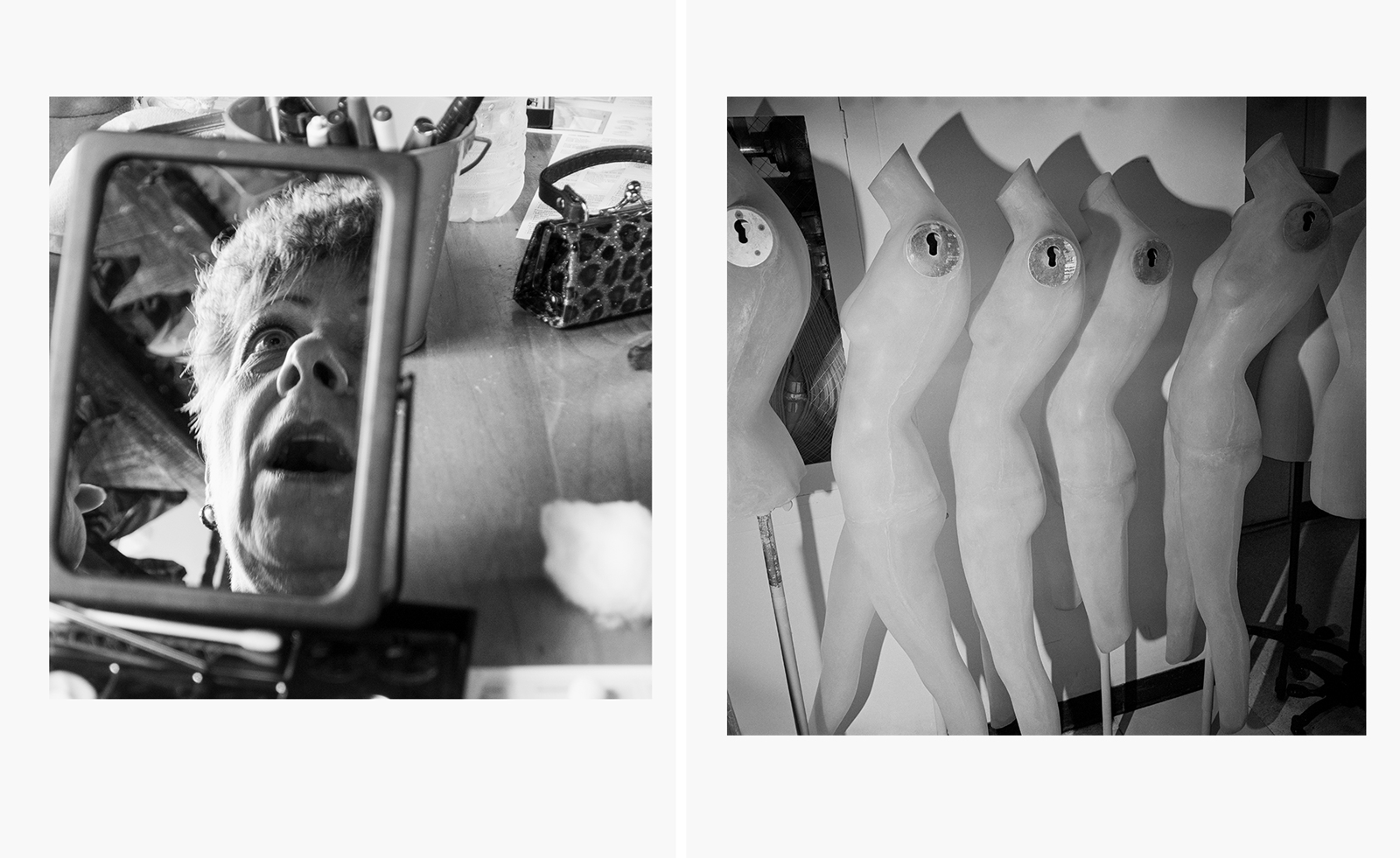 How a sprawling new book honours the legacy of cult photographer Larry Fink
How a sprawling new book honours the legacy of cult photographer Larry Fink‘Larry Fink: Hands On / A Passionate Life of Looking’ pays homage to an American master. ‘He had this ability to connect,’ says publisher Daniel Power
By Jordan Bassett
-
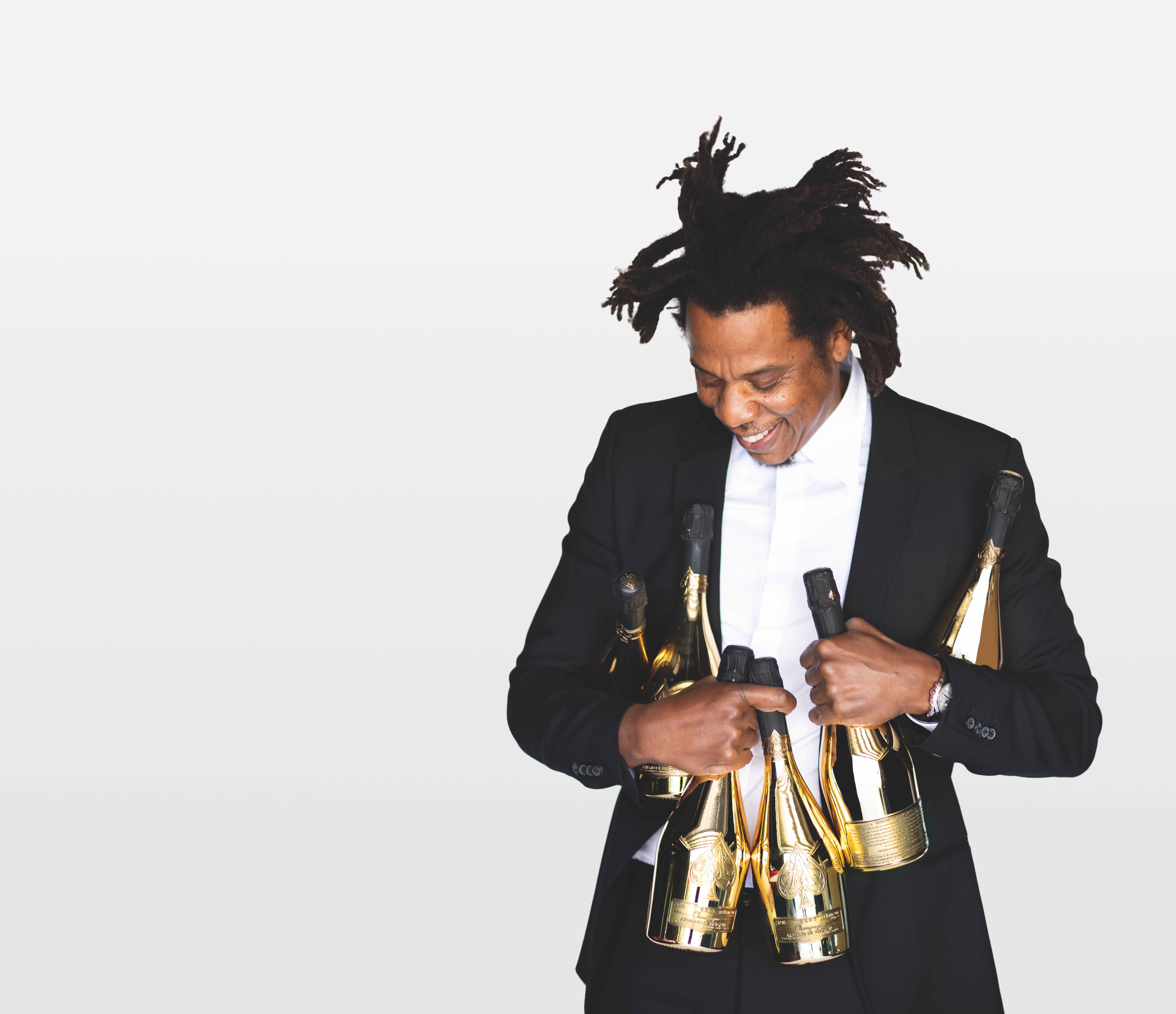 New Jay-Z coffee-table book dives into the Brooklyn rapper's archives
New Jay-Z coffee-table book dives into the Brooklyn rapper's archives'Book of HOV: A Tribute to Jay-Z' is a hefty tome for a hefty talent
By Craig McLean